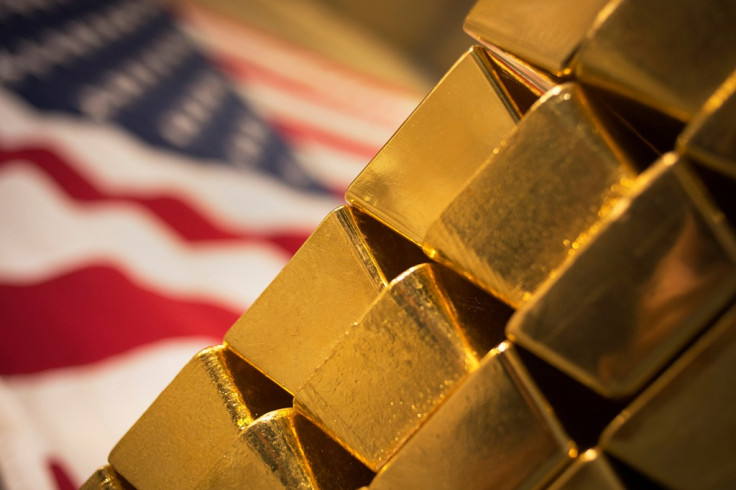Gold prices set to drop on US dollar pressure

Gold prices are set to drop further next week, pulled down by a stronger US dollar, which has been buoyed by a strengthening US job market.
But traders did not rule out a minor technical bounce next week, as weak bullion prices could stimulate physical buying and attract bargain hunters to the marketplace.
George Gero, vice president and precious-metals strategist with RBC Capital Markets Global Futures, told Kitco News he expects to see some weakness in the marketplace after the 6 March US jobs data but was looking for the $1,170 level to hold.
With that level clearly broken, Gero said prices could drop to $1,133, creating a technical double bottom, from the November 2014 lows.
Gero said the market could see a small technical bounce next week as some bargain hunters enter the marketplace but that any gains will be limited in the near-term.
Chris Vecchio, currency strategist at DailyFX, told Kitco that the US dollar was dominating the marketplace, hitting gold prices.
Vecchio added that he did not expect that to change much next week.
With the ECB launching its expanded stimulus programme on 9 March, and with the markets expecting the US Federal Reserve to be hawkish on 18 March, Vecchio said there was growing divergence among global interest rates, which was boosting the greenback.
Physical buying
Jeffrey Nichols, managing director of American Precious Metals Advisors (APMA) and senior economic advisor to Rosland Capital, said he will be tracking the market for any signs of strong physical buying.
If there is no physical demand then we could test the November lows...
James Steel, commodity analyst at HSBC, said the 6 March drop in prices should "encourage price sensitive emerging market demand", providing some support for the precious metal.
But Nichols warned: "If there is no physical demand then we could test the November [2014] lows. The market could be vulnerable next week."
Futures drop
US gold futures for delivery in April finished 2.7% lower at $1,164.30 an ounce on 6 March, its lowest level since December 2013.
Prices are down 4% since 2 March and the precious metal has wiped out this year's gains.
The yellow metal suffered after better-than-expected US non-farm payrolls numbers fuelled speculation that the US central bank will raise interest rates sooner rather than later.
The pile of reasons for the Fed to delay raising rates is getting thinner...
Voya Financial said in a note to clients: "The pile of reasons for the Fed to delay raising rates is getting thinner. [Friday's] nonfarm payrolls report showed that the [US] economy added 295K jobs...in February, the twelfth straight month above 200K.
"The unemployment rate dropped to 5.5% the lowest reading in almost 7 years. Wage growth remains sluggish with hourly wages up only 0.1% and the labour participation rate was down slightly giving the Fed some wiggle room if desired.
"The last several months of strong payroll numbers have resulted in short term negative market reactions. Robust job creation is indicative of positive business sentiment and more jobs and lower unemployment rates will undoubtedly put upward pressure on wages, good news for workers and consumers.
"The real economy is getting stronger and that is what really matters."
© Copyright IBTimes 2025. All rights reserved.






















